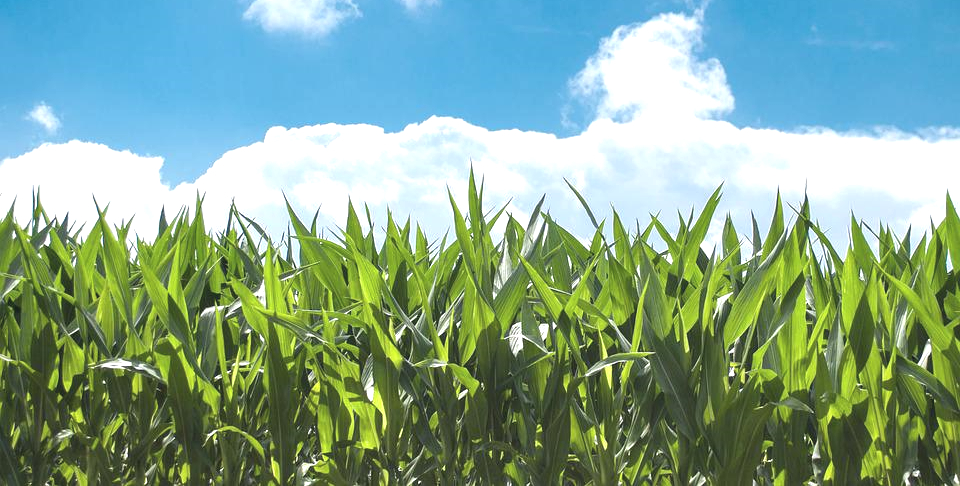The Victory Garden Movement was a significant part of American history that emerged during World War I and World War II. During these times, people were encouraged to grow their own food to support the war effort and ensure food security for their families. Victory Gardens provided much-needed support to the country and served as a way for individuals to contribute to the war effort.
Today, the Victory Garden Movement is still relevant, and we can all learn from its importance.
The History of the Victory Garden Movement
The Victory Garden Movement started in World War I when Americans were encouraged to plant their own gardens to support the war effort. The gardens were not only meant to provide food for the soldiers but also to reduce the demand for commercial produce, thus freeing up resources for the war effort. During this time, people were also encouraged to can and preserve their fruits and vegetables to make them last longer.
The Victory Garden Movement became even more popular during World War II. With the war raging on, food shortages were rampant, and the government needed a way to ensure food security for the country. Victory Gardens were seen as the solution, and people were urged to plant them on any available land, including their backyards, rooftops, and empty lots.
The Victory Garden Movement became a symbol of patriotism, and people from all walks of life participated. The First Lady, Eleanor Roosevelt, even planted a Victory Garden on the White House lawn. At the height of the movement, Victory Gardens were producing over 40% of the vegetables consumed in the United States.
The Importance of the Victory Garden Movement
The Victory Garden Movement was important for several reasons. Firstly, it helped to ensure food security during a time of crisis. By growing their own food, people were less reliant on commercial produce, which was in short supply due to the war. Victory Gardens also helped to reduce the demand for food imports, freeing up resources for the war effort.
Secondly, Victory Gardens provided a sense of community and togetherness during a time of war. People came together to work on their gardens, sharing tips and tricks and exchanging produce. The gardens also served as a source of pride for individuals, as they were contributing to the war effort in their own way.
Finally, Victory Gardens were important because they promoted self-sufficiency and sustainability. By growing their own food, people were learning valuable skills that they could use long after the war was over. Victory Gardens also encouraged people to be more mindful of their food choices and waste, leading to a more sustainable way of living.
How to Start Your Own Victory Garden
Starting your own Victory Garden is easy and requires minimal resources. Here are some steps to get you started:
Find a suitable location
The first step is to find a suitable location for your garden. This can be your backyard, balcony, rooftop, or any available land in your community. Make sure the location receives at least six hours of sunlight per day and has access to water.
Determine the size of your garden
The next step is to determine the size of your garden. This will depend on the amount of space you have available and how much produce you want to grow. Start small if you are new to gardening and gradually increase the size as you gain experience.
Prepare the soil
The soil is the foundation of your garden, so it’s important to prepare it properly. Remove any weeds or rocks and add organic matter such as compost or manure to improve soil fertility.
Choose your crops
Choose crops that are suitable for your climate and growing conditions. Some easy-to-grow vegetables for beginners include tomatoes, lettuce, peppers, and beans.

